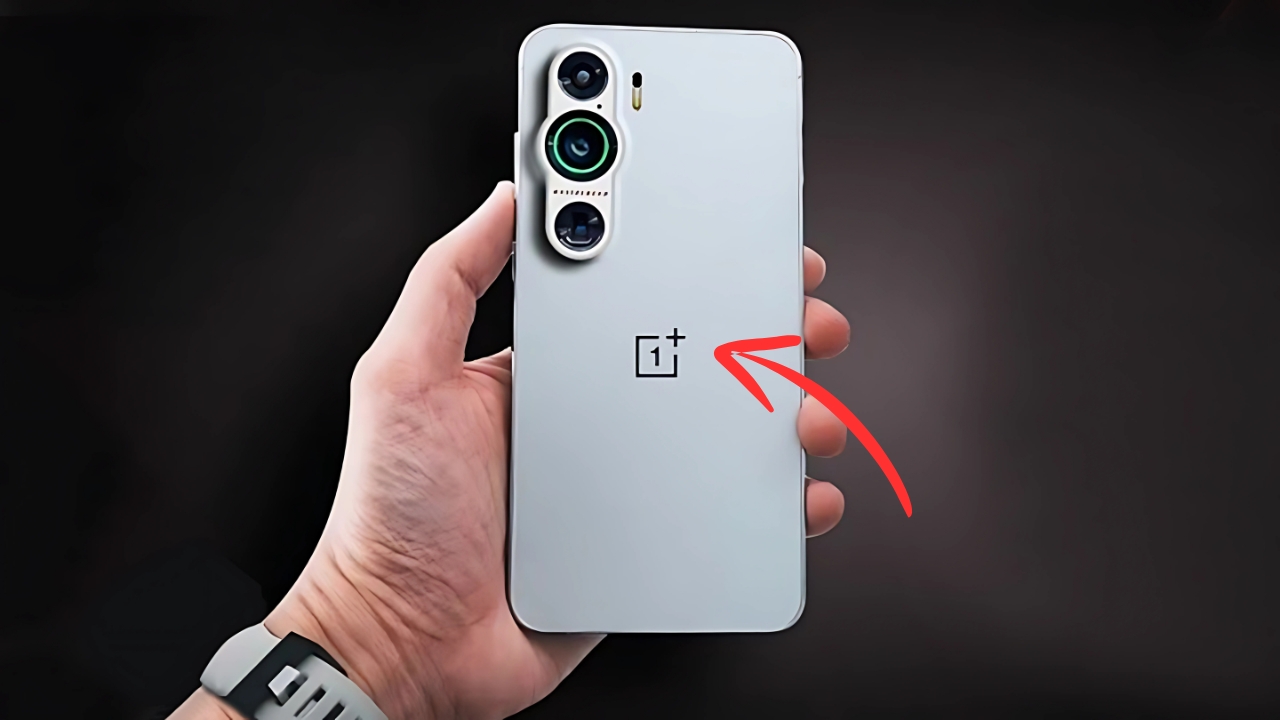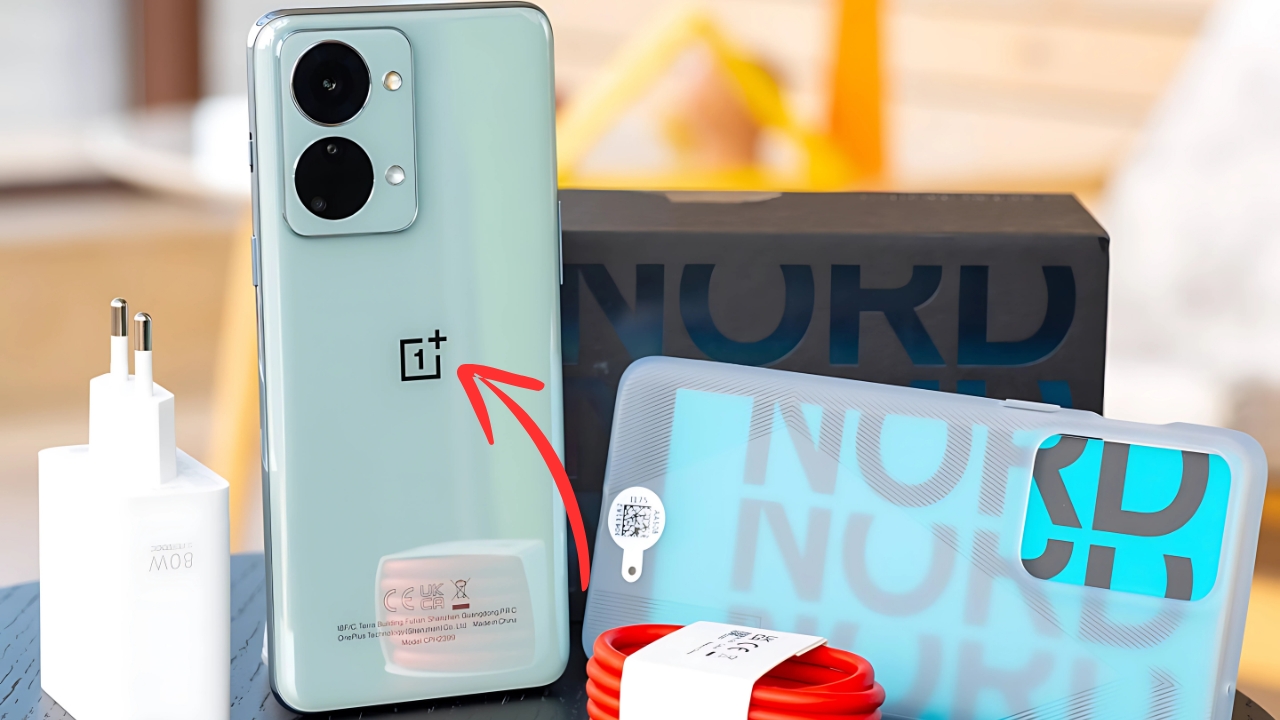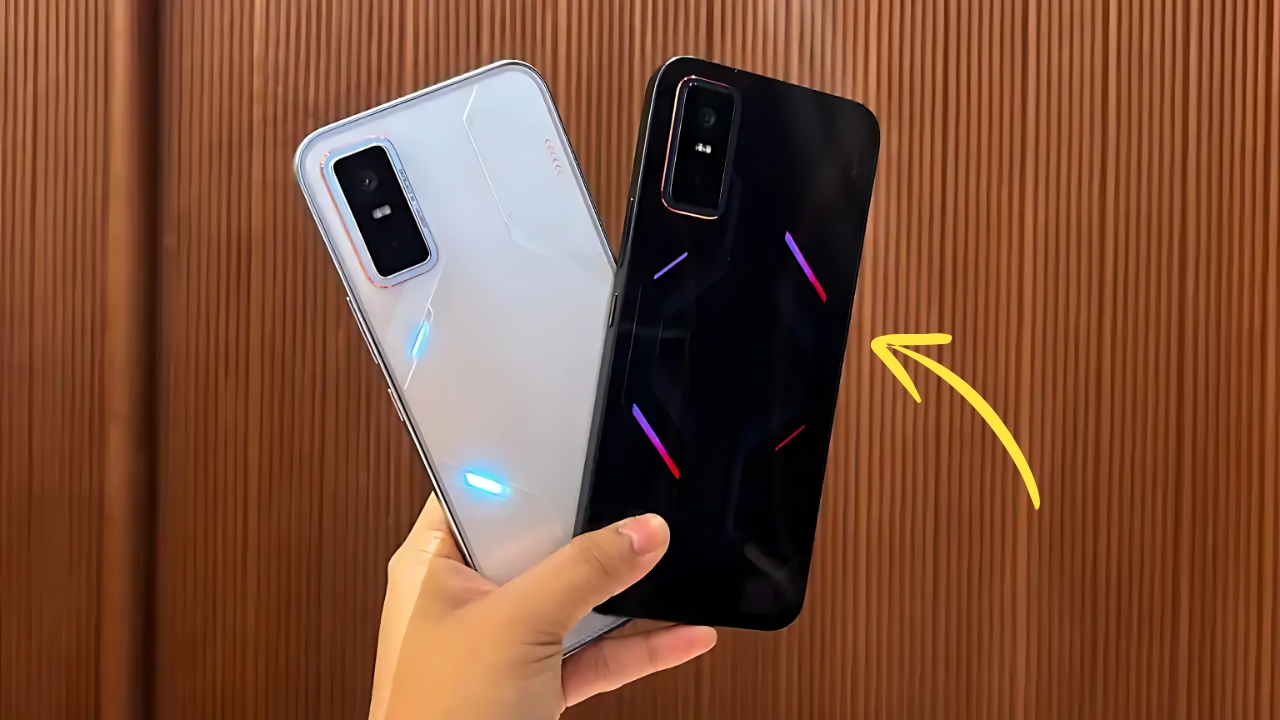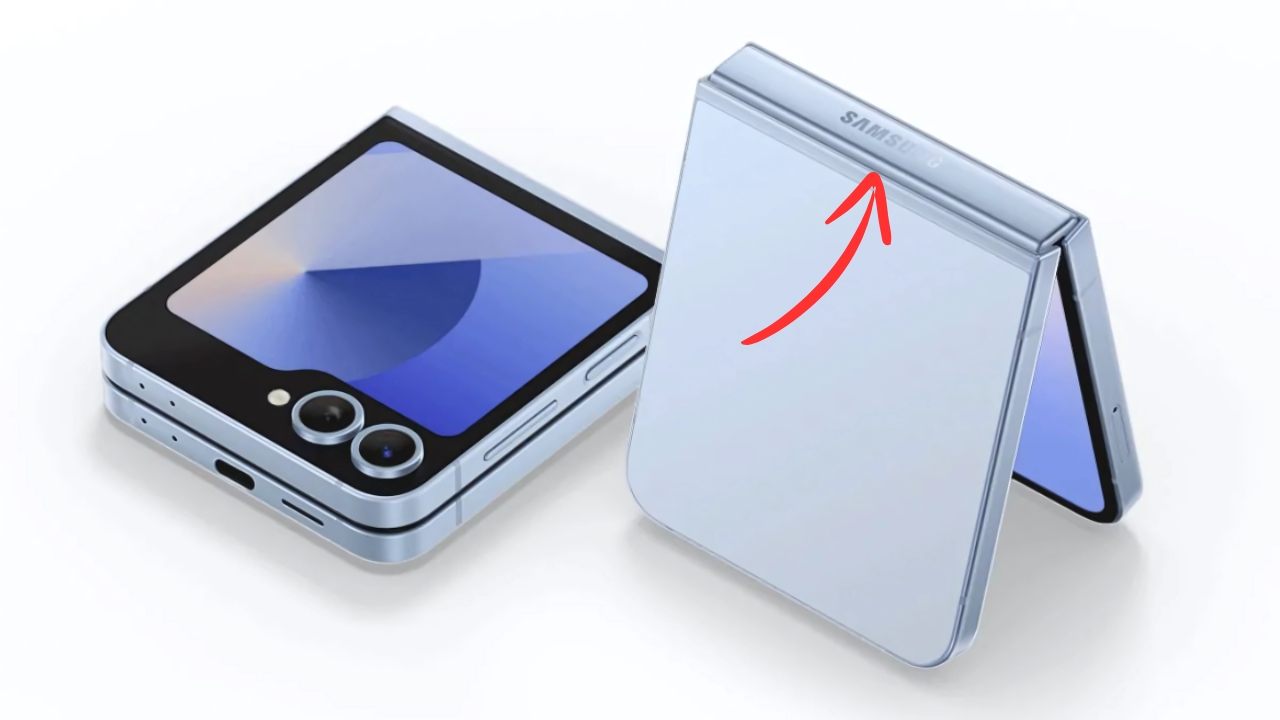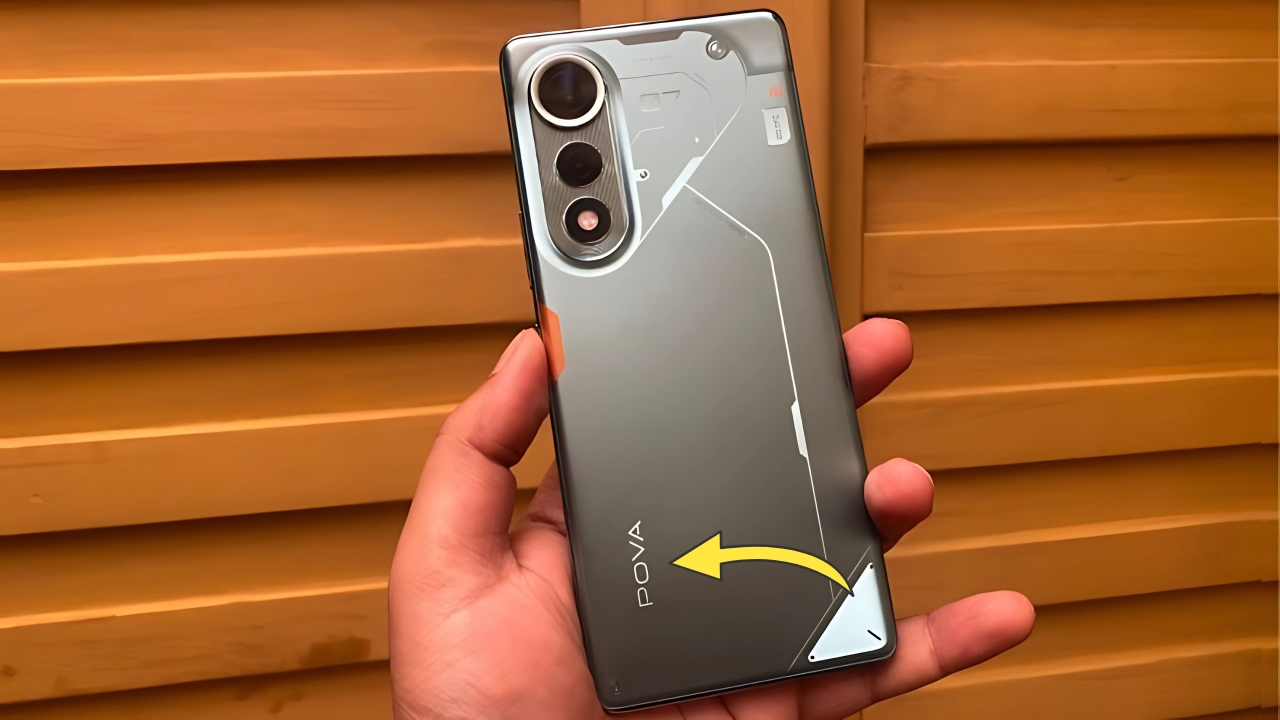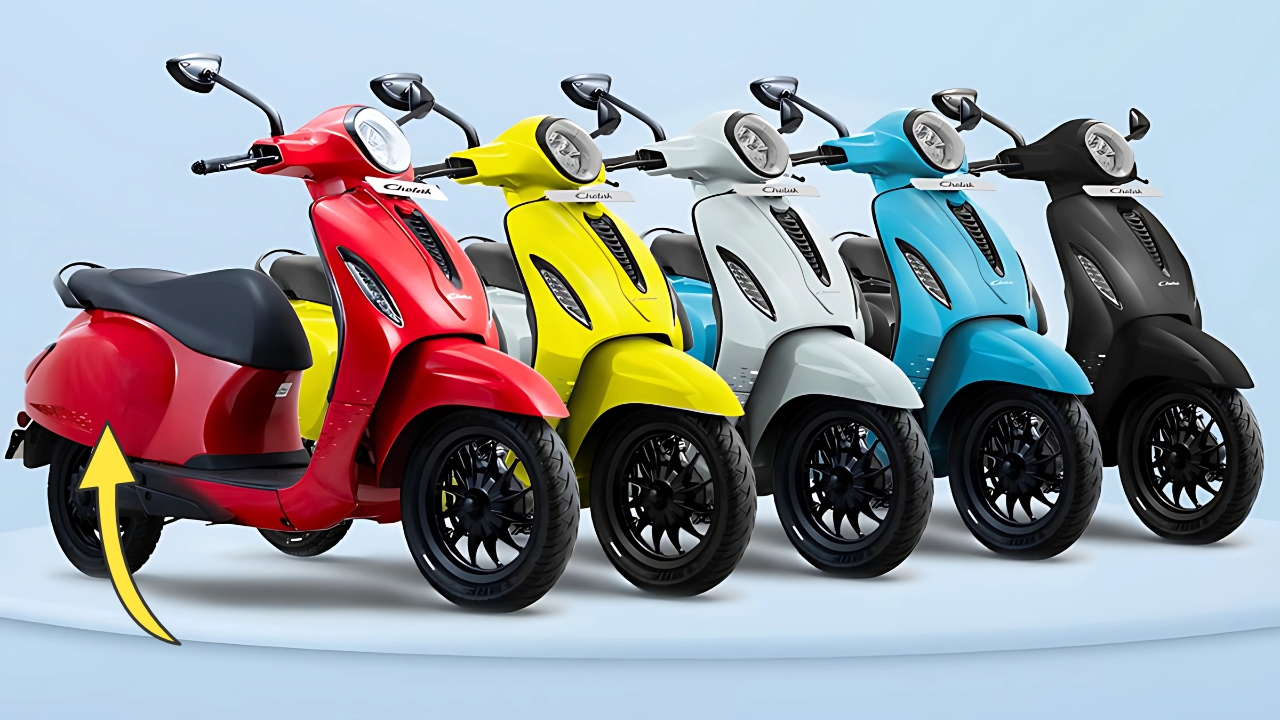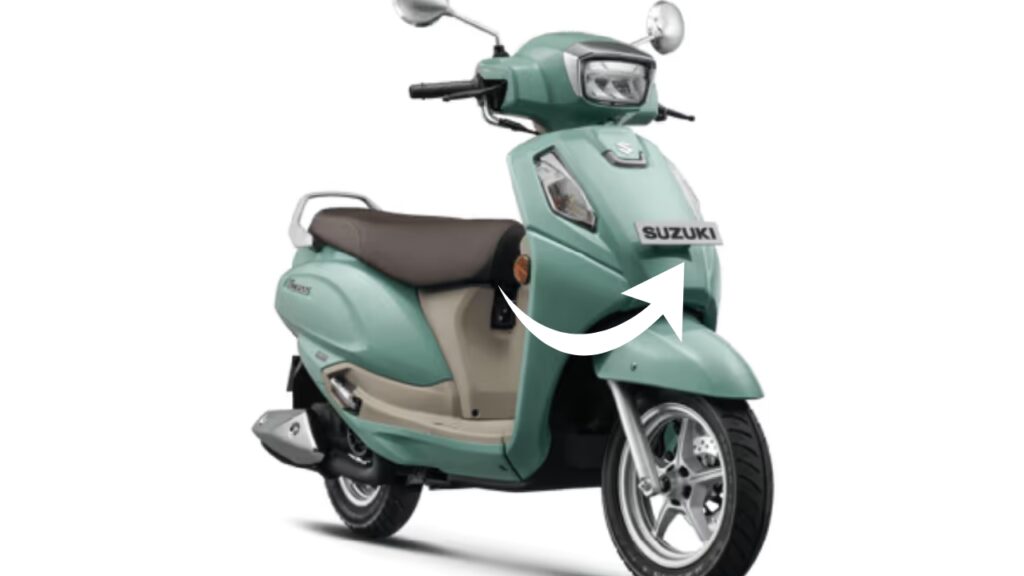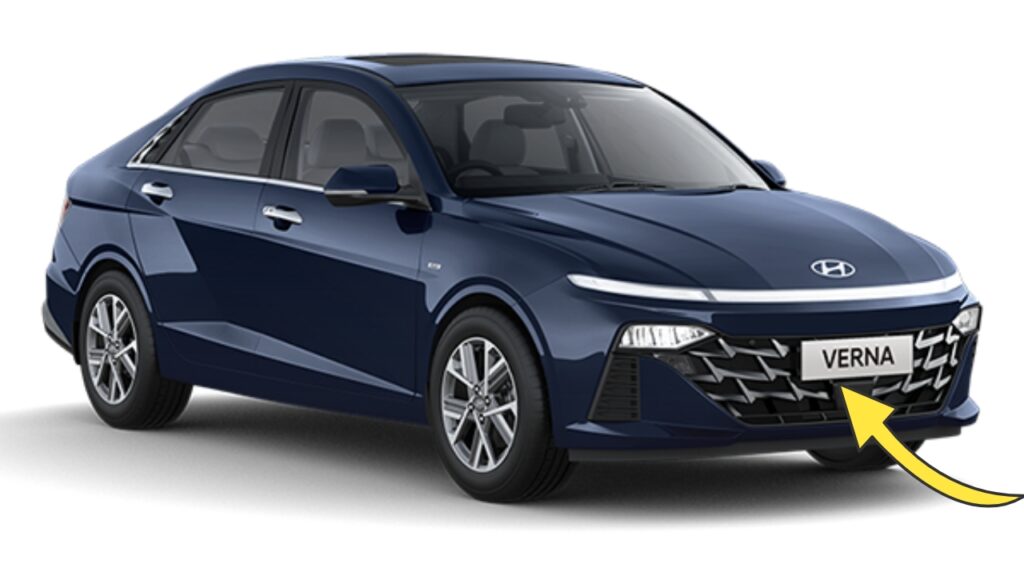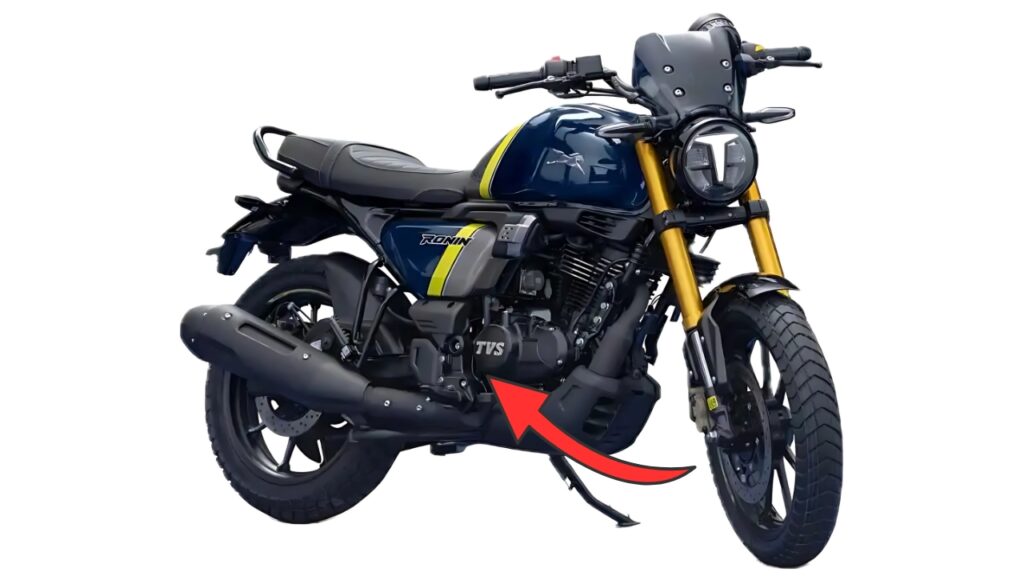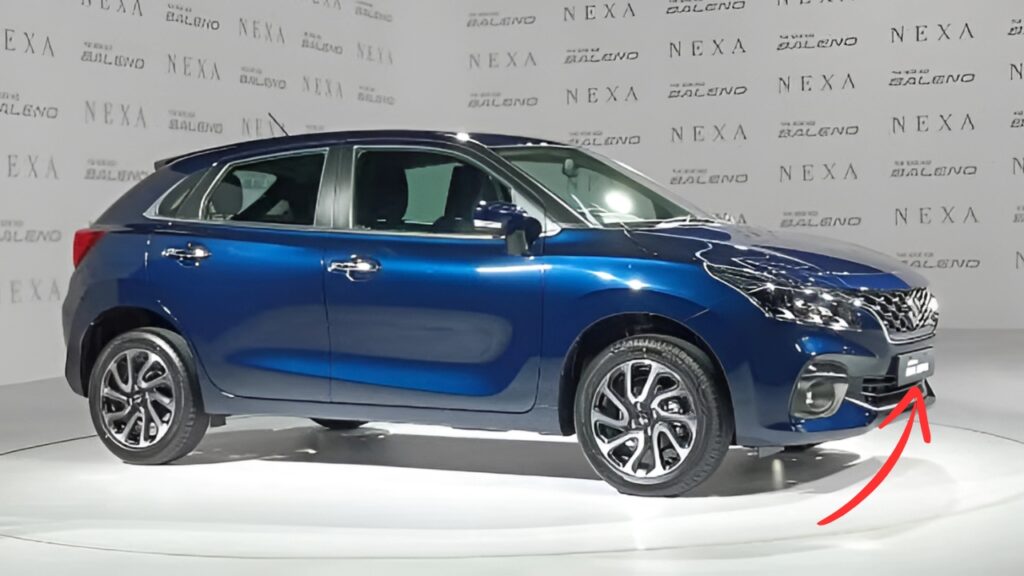Vivo Y300: The smartphone market continues to evolve at a breathtaking pace, with features once exclusive to premium devices steadily filtering down to more accessible price points.
Perhaps no segment has seen more dramatic improvement than the budget category, where manufacturers strive to deliver compelling experiences while maintaining aggressive pricing.
The Vivo Y300 represents this evolution in action—a device that aims to bring meaningful quality-of-life features to value-conscious consumers without compromising the core smartphone experience.
This comprehensive examination explores how the Y300 balances necessary compromises against genuine utility, analyzing its design approach, performance capabilities, camera functionality, battery life, and overall value proposition in today’s competitive budget smartphone landscape.
Vivo Y300: Design Philosophy: Practical Aesthetics
First impressions matter regardless of price point, and the Y300 makes a positive one with its thoughtful design approach that balances visual appeal with practical considerations.
Available in two colorways—Cosmic Black and Emerald Green—the device employs different finish techniques that belie its budget positioning.
The Emerald Green variant features a subtle texture beneath the glossy surface that creates visual depth while effectively minimizing the appearance of fingerprints and smudges.
The Cosmic Black option offers a more subdued appearance with a light-refracting pattern that provides sophisticated visual interest despite the plastic construction.
The frame and back panel utilize polycarbonate materials—an expected choice at this price point—but Vivo has paid attention to build quality with tight seams and minimal flex under pressure.
At 8.39mm thick and weighing 186g, the Y300 achieves reasonably slim dimensions while accommodating a substantial battery.
The gentle curve where the back panel meets the frame improves hand ergonomics during extended use.
The front display features relatively slim bezels for a budget device, with a slightly more pronounced chin that doesn’t detract from the overall appearance.
The waterdrop notch housing the selfie camera represents a mature design approach that maximizes usable screen area while keeping manufacturing costs manageable.
A side-mounted fingerprint sensor integrated into the power button provides convenient and reliable authentication—a thoughtful inclusion at this price point.
The bottom edge houses a USB-C port flanked by a 3.5mm headphone jack and speaker grille, while the top edge contains a secondary microphone for noise cancellation.
The left side features a SIM tray that accommodates either two nano-SIMs or a nano-SIM plus microSD card for storage expansion. These practical considerations demonstrate Vivo’s understanding of target user needs in this segment.
Display Experience: Functional Visibility
The Y300 features a 6.56-inch LCD display with HD+ resolution (1612 x 720 pixels, approximately 269 ppi).
While not matching the sharpness of higher-resolution panels found in more expensive devices, the display provides adequate clarity for everyday tasks including social media browsing, messaging, and video consumption.
Text appears reasonably sharp at normal viewing distances, though close inspection reveals some pixelation in smaller fonts.
Color reproduction leans toward vibrant rather than strictly accurate, creating a visually appealing experience for media consumption despite technical limitations.
The panel achieves decent brightness levels reaching approximately 480 nits at maximum setting, ensuring reasonable visibility in indoor environments though struggling somewhat under direct sunlight.
Viewing angles demonstrate typical LCD characteristics with some brightness and color shifting at extreme angles, but remain perfectly acceptable for normal use.
The 90Hz refresh rate represents a standout feature at this price point, providing noticeably smoother scrolling and animations compared to the 60Hz displays still common in many budget devices.
This higher refresh rate improves the perception of system fluidity and responsiveness, enhancing the overall user experience despite modest processing hardware.
Vivo has implemented adaptive refresh rate technology that can reduce to 60Hz for static content, preserving battery life when the higher rate offers no visible benefit.
Software features include Eye Protection Mode that filters blue light for more comfortable evening viewing, Dark Mode that reduces eye strain in low-light environments, and adjustable color temperature settings that allow customization according to personal preference.
These thoughtful additions enhance usability without requiring significant hardware expenditure.
Performance Profile: Everyday Reliability
Powering the Y300 is the MediaTek Helio G85 processor, an octa-core chipset manufactured on a 12nm process.
This SoC combines two Cortex-A75 performance cores running at 2.0GHz with six Cortex-A55 efficiency cores operating at 1.8GHz.
The Mali-G52 MC2 GPU handles graphics duties with reasonable capabilities for casual gaming and media processing.
Memory configurations include 4GB or 6GB of LPDDR4X RAM paired with 64GB or 128GB of internal storage, expandable via microSD up to 1TB.
Vivo has implemented Extended RAM technology that can allocate up to 6GB of storage as virtual memory, potentially improving multitasking performance in memory-intensive scenarios.
In practical usage, the Y300 delivers acceptable performance for its intended market positioning. Everyday tasks including messaging, social media browsing, and web navigation proceed smoothly, with the 90Hz display contributing significantly to the perception of responsiveness.
App loading times remain reasonable for the price segment, though noticeably longer than mid-range or premium devices—a perfectly acceptable compromise given the substantial price difference.
Benchmark results position the device appropriately within its segment, with Geekbench 6 single-core scores around 370 points and multi-core results approaching 1,350 points.
AnTuTu benchmark scores hover around 230,000 points—figures that reflect the device’s focus on functional everyday performance rather than computational prowess.
Gaming capabilities prove adequate for casual titles popular in this segment. Games like Mobile Legends, Free Fire, and casual puzzlers run smoothly at medium settings, while more demanding titles require reduced graphics settings to maintain playable frame rates.
The Multi-Turbo 5.0 feature optimizes system resources for better gaming performance while managing background processes to maximize available memory and processing power.
Technical Specifications Table
| Feature | Specification |
|---|---|
| Display | 6.56″ LCD, 1612 x 720 pixels, 90Hz refresh rate |
| Processor | MediaTek Helio G85 (12nm) |
| CPU Configuration | 2x Cortex-A75 @ 2.0GHz + 6x Cortex-A55 @ 1.8GHz |
| GPU | Mali-G52 MC2 |
| RAM | 4GB/6GB LPDDR4X + up to 6GB extended RAM |
| Storage | 64GB/128GB expandable via microSD (up to 1TB) |
| Rear Camera System | 50MP main camera (f/1.8) <br> 2MP depth sensor (f/2.4) |
| Front Camera | 8MP (f/2.0) |
| Battery | 5,000mAh |
| Charging | 15W wired |
| Operating System | Funtouch OS 13 based on Android 13 |
| Updates | 2 years of security patches promised |
| Biometrics | Side-mounted fingerprint sensor, face unlock |
| Dimensions | 163.63 x 75.58 x 8.39mm |
| Weight | 186g |
| Build | Polycarbonate frame and back panel |
| Connectivity | 4G LTE, Wi-Fi 5, Bluetooth 5.0, USB-C, 3.5mm headphone jack |
| Audio | Single speaker, 3.5mm headphone jack |
| Colors | Cosmic Black, Emerald Green |
| Additional Features | Ultra Game Mode, FM radio, reverse charging |
Camera Capabilities: Practical Photography
The camera system on the Y300 demonstrates Vivo’s understanding of budget smartphone photography needs, focusing on a capable primary camera rather than padding specifications with multiple low-quality sensors. The dual rear camera array consists of:
-
A 50MP main camera with f/1.8 aperture
-
A 2MP depth sensor with f/2.4 aperture for portrait effects
The front-facing camera utilizes an 8MP sensor with f/2.0 aperture for selfies and video calls.
This honest approach prioritizes actual photographic utility over marketing-driven specifications.
The high-resolution main sensor employs pixel binning technology to combine four pixels into one, producing 12.5MP images with improved light sensitivity and reduced noise compared to native 50MP capture.
In favorable lighting conditions, the main camera delivers surprisingly detailed images with good dynamic range for this price category.
Colors tend toward slightly increased saturation that creates visually appealing results for social media sharing, though purists might prefer more natural rendition.
Portrait mode effectively separates subjects from backgrounds, creating pleasant bokeh effects with generally accurate edge detection for simple subjects, though struggling somewhat with complex boundaries like hair or transparent objects.
The depth sensor contributes to more accurate subject isolation compared to purely software-based solutions found in some competitors.
Low-light performance shows the expected limitations of a budget device, with increased noise and reduced detail as illumination decreases.
The Super Night Mode improves brightness and color retention in challenging lighting, though requiring a steady hand during the multi-frame capture process.
Results won’t match devices costing several times more but remain perfectly adequate for casual social sharing.
The 8MP front-facing camera delivers satisfactory selfies in good lighting, with natural skin tones and reasonable detail preservation.
Beauty mode offers subtle enhancements without the excessive processing found in some competing devices.
Video recording capabilities extend to 1080p at 30fps from both front and rear cameras, with acceptable stabilization for casual capture though lacking the sophisticated electronic stabilization of premium devices.
Software Experience: Funtouch OS Refinement
The Y300 runs Funtouch OS 13 based on Android 13, providing a surprisingly current software experience for a budget device.
Vivo promises two years of security updates, ensuring basic protection throughout a reasonable ownership period.
While major Android version updates aren’t explicitly guaranteed, the Android 13 base provides a modern starting point with relevant features and security provisions.
Funtouch OS has evolved significantly from its earlier iterations, which were often criticized for excessive customization and feature bloat.
The current version presents a more refined approach, offering useful additions without overwhelming the system resources.
The design language employs consistent visual elements with sufficient white space to prevent cluttered appearance, while animation fluidity benefits significantly from the 90Hz display.
Notable software features include:
-
Ultra Game Mode: A dedicated gaming mode that optimizes performance, manages notifications, and provides quick access to screen recording and other gaming-related functions.
-
Multi-Turbo 5.0: System-level optimization that intelligently allocates resources based on usage patterns and application requirements.
-
iManager: Built-in utility for storage cleaning, privacy protection, and power management functions without requiring third-party applications.
-
Easy Share: Simplified file transfer functionality for sharing media and documents with nearby devices.
-
Dynamic Effects: Customizable animations for system events like charging and fingerprint recognition, allowing personalization without impacting system performance.
These features demonstrate Vivo’s commitment to delivering software value beyond basic functionality, even at budget price points.
The system remains reasonably responsive during everyday tasks, though intensive multitasking can occasionally reveal the hardware limitations underlying the polished interface.
Battery Life and Charging: Everyday Endurance
The Y300’s power management represents one of its most compelling features, combining substantial battery capacity with reasonable charging capabilities for this price segment.
The 5,000mAh battery provides exceptional endurance, consistently delivering full-day usage even for heavy users and potentially stretching to two days for those with more moderate habits.
This generous capacity, combined with the efficient processor and modest-resolution display, creates a device that minimizes charging anxiety—a meaningful benefit for users with limited access to power outlets throughout their day.
During testing, the device consistently delivered 7-8 hours of screen-on time with mixed usage including social media, web browsing, video streaming, and occasional gaming.
The 15W charging capability, while not matching the rapid charging technologies found in more expensive devices, provides reasonable replenishment times considering the price segment.
A full charge from empty requires approximately 2 hours and 15 minutes—acceptable figures that don’t impose significant inconvenience for overnight charging scenarios.
Battery health features include optimized night charging that slows the final charging phase to reduce battery stress, AI-powered usage pattern learning that adjusts power management according to individual habits, and multiple power-saving modes that extend runtime in low-battery situations by selectively limiting functionality.
An interesting addition at this price point is reverse charging capability, allowing the Y300 to function as a power bank for other devices through a USB OTG cable.
While the 5V/1A output limits charging speed, this feature provides valuable emergency power sharing that enhances the device’s utility in situations where access to wall outlets is limited.
Practical Considerations and Value Proposition
For many potential buyers in this segment, practical considerations often outweigh pure performance metrics or design aesthetics.
The Y300 addresses several key concerns through thoughtful features that enhance everyday usability.
The inclusion of a 3.5mm headphone jack acknowledges that many budget-conscious users may not have transitioned to Bluetooth audio accessories.
Similarly, the dedicated microSD slot provides cost-effective storage expansion without sacrificing dual SIM functionality—particularly valuable in markets where users frequently switch between carriers for optimal rates.
The side-mounted fingerprint sensor offers a reliable authentication method that works consistently across various conditions, while face unlock provides a convenient alternative in situations where touching the device is impractical. Both systems demonstrate good accuracy and speed for this price category.
Call quality proves reliable with effective noise cancellation that isolates voice from background disturbances, providing clear communication even in noisy environments.
The earpiece delivers clear audio at comfortable volume levels, ensuring intelligible conversations in varied conditions.
FM radio functionality, increasingly rare in modern smartphones, provides entertainment options without requiring data connectivity—a thoughtful inclusion for markets where streaming services may be cost-prohibitive due to data charges or subscription fees.
Priced between ₹8,999 and ₹10,999 (approximately $110-$135) depending on memory configuration, the Y300 delivers exceptional value by focusing on features that most significantly impact everyday user experience.
The combination of smooth 90Hz display, substantial battery life, capable main camera, and current Android version creates a compelling package that exceeds typical expectations at this price point.
Vivo Y300: Practical Excellence at Entry Level
The Vivo Y300 represents a thoughtful approach to budget smartphone design that prioritizes everyday usability over flashy specifications or features.
By focusing on aspects that genuinely enhance user experience—display smoothness, battery life, camera quality, and software functionality—while accepting sensible compromises in areas like processor specifications and materials, Vivo has created a device that delivers exceptional practical value.
For first-time smartphone buyers, students, or anyone operating under tight budget constraints, the Y300 offers a surprisingly complete experience that handles essential tasks with aplomb while providing enough performance headroom for casual gaming and media consumption.
The device demonstrates how the rapid democratization of smartphone technology continues to raise baseline expectations, with features like high refresh rates, large batteries, and capable cameras now reaching even the most affordable segments of the market.
In a segment where compromises are inevitable, the Y300 makes the right ones—preserving quality where it matters most for everyday use while finding cost efficiencies in areas that have less impact on the typical user experience.
This balanced approach results in a device that feels substantially more premium than its price tag suggests—perhaps the highest compliment possible for a budget smartphone.
Also read this –

